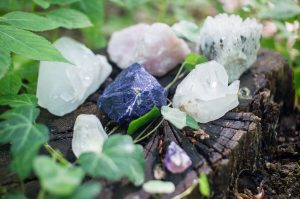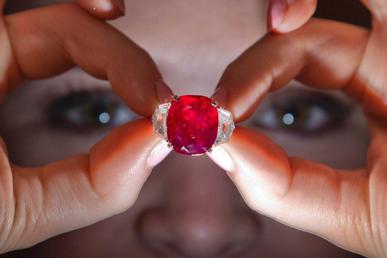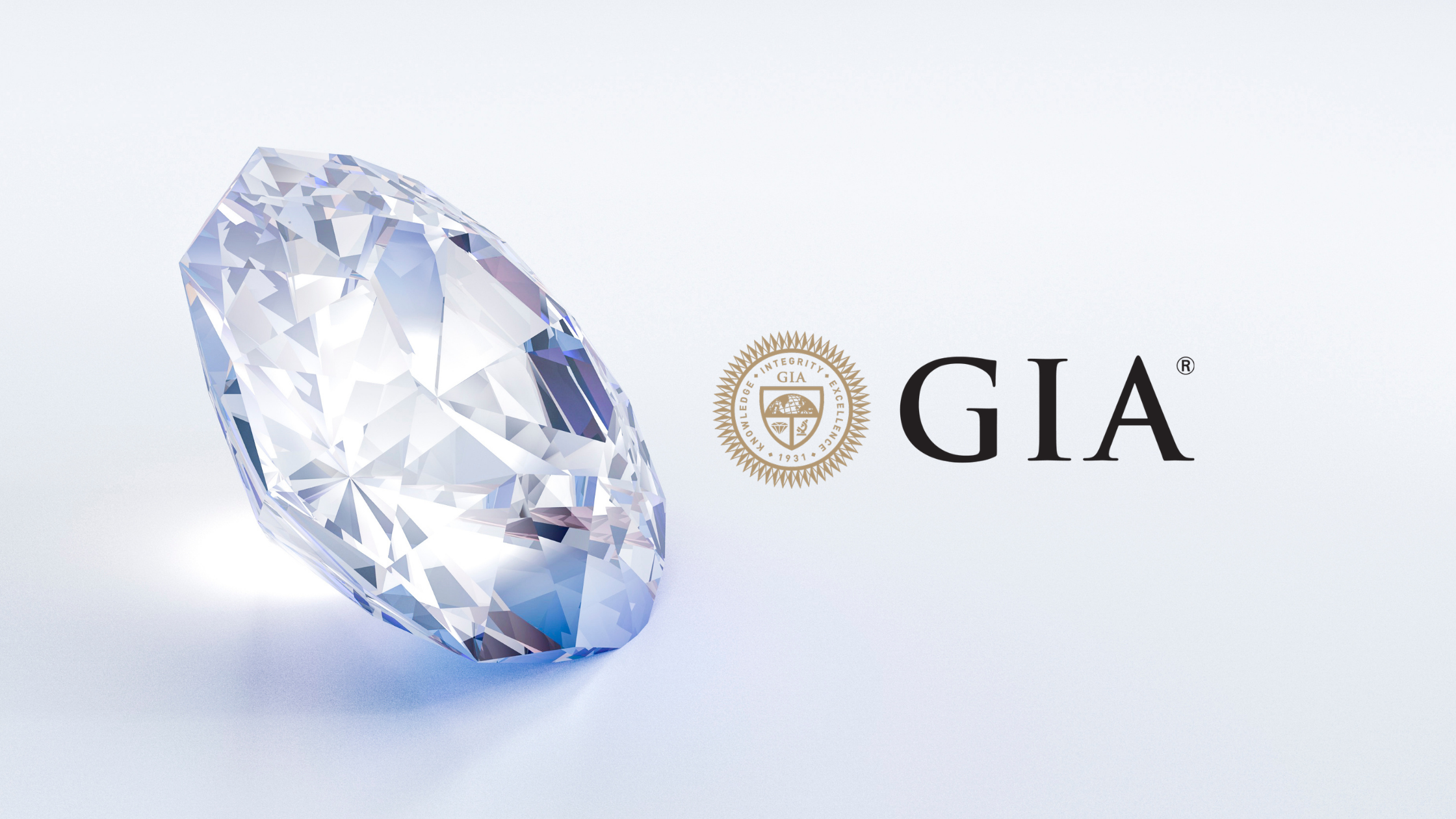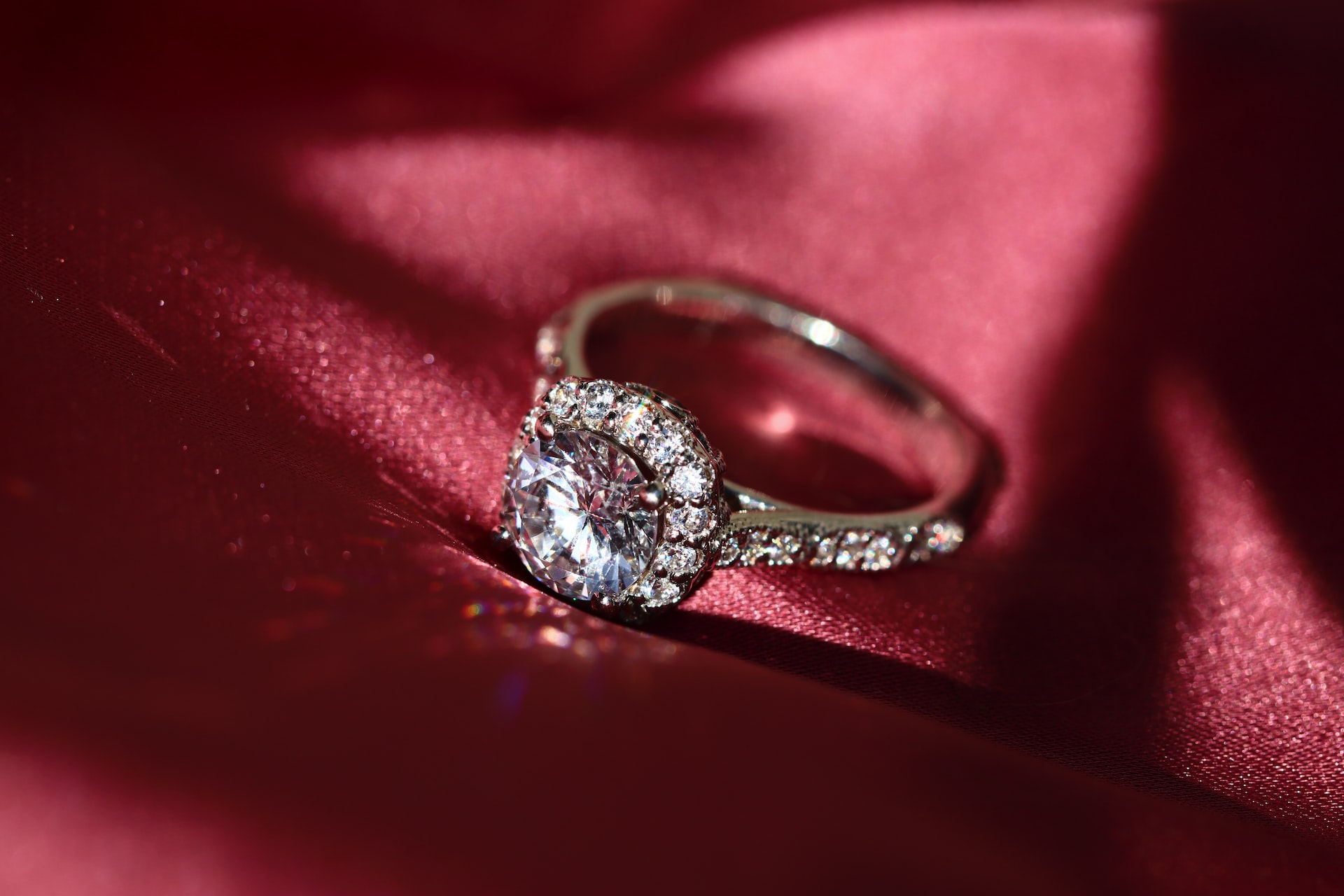Gemstone beads are beautiful and captivating, but not all beads are created equal. Like all gemstones, they are graded based on a variety of factors that determine their overall quality and value. Whether you are a jewelry maker, collector, or simply someone who appreciates the beauty of gemstones, understanding how gemstone beads are graded is essential for making informed purchases and identifying the highest-quality stones.
The Factors that go into the Grading of Gemstone Beads
- Color: The color of a gemstone is one of the most important factors in determining its quality. In general, gemstones with a more intense and vibrant color are considered higher quality than those with a dull or muted color. For example, a bright red ruby bead will be more valuable than a pale pink one. However, the color grading system varies for each gemstone, and some gemstones, like opals, are valued for their play of colors rather than a single dominant hue.
- Clarity: The clarity of a gemstone refers to the presence or absence of inclusions or blemishes that may affect its appearance. In general, the clearer the gemstone, the higher its value. However, some gemstones like turquoise, lapis lazuli, and certain agates are prized for their inclusions or veining, which add to their unique beauty.
- Cut: The cut of a gemstone bead is another crucial factor that determines its quality. A well-cut gemstone bead will have good symmetry, proportion, and polish, which maximizes its brilliance and beauty. A poorly cut gemstone bead may have uneven facets or an asymmetrical shape, which can affect its value.
- Size: The size of a gemstone bead can also impact its value, with larger beads generally being more valuable than smaller ones. However, this also depends on the type of gemstone, as some gemstones, like diamonds and emeralds, are valued more for their quality than their size.
- Rarity: The rarity of a gemstone also affects its value. Gemstones that are rare and difficult to find are often more valuable than those that are more common. For example, tanzanite is a rare gemstone that is only found in Tanzania, making it more valuable than other gemstones that are more widely available.
Color
Color is one of the most important factors in the grading of gemstone beads. A gemstone’s color is determined by the presence of certain chemical elements, which absorb or reflect light in specific ways. The color of a gemstone can range from clear or colorless to vibrant and intense hues.
In general, gemstones with a more intense and saturated color are considered more valuable than those with a dull or faded color. For example, a deep red ruby bead will be more valuable than a pale pink one. However, the color grading system varies for each gemstone, and some gemstones, like opals, are valued for their play of colors rather than a single dominant hue.
To grade the color of a gemstone bead, gemologists look for several factors, including:
- Hue: The hue refers to the dominant color of the gemstone. For example, a sapphire can have a blue or yellow hue.
- Saturation: Saturation refers to the intensity or purity of the color. Higher saturation means a more vibrant and intense color.
- Tone: The tone refers to the lightness or darkness of the color. A gemstone with a medium tone is generally considered more desirable than one that is too light or too dark.
- Color zoning: Some gemstones can have areas of different colors, which can affect their value. For example, a topaz bead with a distinct blue band will be more valuable than one with a less defined color.
 Clarity
Clarity
The clarity of a gemstone bead refers to the absence or presence of inclusions or blemishes that may affect its appearance. Inclusions are internal features, such as crystals, feathers, or clouds, while blemishes are external features, such as scratches or chips. The clarity of a gemstone bead is determined by the number, size, and location of these inclusions or blemishes.
In general, gemstones with fewer inclusions or blemishes are considered more valuable than those with many or large ones. However, some gemstones, such as turquoise, lapis lazuli, and certain agates, are prized for their inclusions or veining, which add to their unique beauty.
To grade the clarity of a gemstone bead, gemologists use a grading system that ranges from “flawless” (no inclusions or blemishes visible under 10x magnification) to “included” (inclusions visible to the naked eye).
- Flawless (FL): No inclusions or blemishes visible under 10x magnification.
- Internally Flawless (IF): No inclusions visible under 10x magnification, but some blemishes may be present.
- Very, Very Slightly Included (VVS1 and VVS2): Inclusions are extremely difficult to see under 10x magnification.
- Very Slightly Included (VS1 and VS2): Inclusions are difficult to see under 10x magnification.
- Slightly Included (SI1 and SI2): Inclusions are easily visible under 10x magnification.
- Included (I1, I2, and I3): Inclusions are visible to the naked eye and can affect the transparency and brilliance of the gemstone.
Cut
The cut of a gemstone bead refers to the way in which it has been shaped and faceted to enhance its brilliance, fire, and overall appearance. A well-cut gemstone bead can maximize its beauty, while a poorly cut one can diminish it.
The cut of a gemstone bead is determined by several factors, including shape, proportions, symmetry, and polish. Here are the most common factors that gemologists consider when grading the cut of a gemstone bead
- Shape: The shape of a gemstone bead can be round, oval, pear-shaped, heart-shaped, or any other fancy shape. The most popular shapes are those that maximize the stone’s carat weight and brilliance.
- Proportions: The proportions of a gemstone bead refer to the relationship between its size, shape, and angles of the facets. A well-proportioned gemstone bead will have even facets that reflect light evenly.
- Symmetry: The symmetry of a gemstone bead refers to the consistency and alignment of its facets. Asymmetrical gemstone beads will have uniform facets that are evenly spaced and aligned.
- Polish: The polish of a gemstone bead refers to the smoothness and brightness of its surface. A well-polished gemstone bead will have a bright, mirror-like finish that enhances its brilliance.
Size
The size of a gemstone bead refers to its dimensions, which are usually measured in millimeters. The size of a bead can affect its value and suitability for different types of jewelry designs. Generally, larger gemstone beads are more valuable than smaller ones, but the value also depends on other factors, such as the rarity, quality, and demand of the particular gemstone.
When it comes to gemstone beads, the size can be graded in several ways:
- Carat Weight: Carat weight is the most common way to measure the size of gemstone beads. One carat is equal to 0.2 grams, and the value of a gemstone usually increases with its carat weight.
- Millimeter Size: The millimeter size of a gemstone bead is another way to measure its size. This is usually done by measuring the diameter of the bead, and it can give a more accurate idea of the size of the bead.
- Strand Length: The length of a strand of gemstone beads can also be used to describe their size. A longer strand generally contains more beads and, therefore, has a higher value.
- Shape: The shape of a gemstone bead can also affect its perceived size. For example, a round bead with a smaller diameter may appear more significant than a bead of the same weight with an irregular shape.
Rarity
The rarity of a gemstone bead refers to how difficult it is to find in nature. Some gemstones are abundant and readily available, while others are scarce and can only be found in certain locations or in limited quantities.
The rarity of a gemstone bead can affect its value, as rare gemstones are generally more valuable. However, other factors, such as the quality, color, and size of the gemstone, can also affect its value.
Here are some factors that determine the rarity of a gemstone:
- Geographic location: Some gemstones are found only in specific regions of the world. For example, Burmese rubies are highly valued for their rich red color and are only found in Myanmar.
- Availability: Some gemstones are more common and readily available than others. For example, amethyst and citrine are widely available, while Paraiba tourmaline is much rarer.
- Mining conditions: Some gemstones are more difficult to mine than others due to their location, depth, or hardness. For example, diamonds are found deep underground and require specialized mining techniques to extract.
- Demand: The demand for a particular gemstone can affect its rarity and value. If a gemstone becomes more popular and sought after, it may become rarer and more expensive.
 So, How are Gemstone Beads Graded
So, How are Gemstone Beads Graded
In conclusion, the grading of gemstone beads is a complex process that involves the assessment of several factors. These factors include color, clarity, cut, size, and rarity. Each of these factors plays an important role in determining the quality and value of gemstone beads.
Color is the most important factor in grading gemstone beads, as it has a significant impact on their overall appearance and value. Clarity and cut are also important, as they can affect the brilliance and fire of the gemstone. Size is another important factor to consider, as it can affect the cost and suitability of the beads for different jewelry designs. Rarity is also a key factor, as rare gemstones are generally more valuable.
Understanding the grading system for gemstone beads can help you select the best beads for your jewelry-making or collection. By considering these factors, you can ensure that you are selecting high-quality gemstone beads that will enhance the beauty and value of your creations.
Want to know where to get your gemstones identified? Read it here.


 Clarity
Clarity So, How are Gemstone Beads Graded
So, How are Gemstone Beads Graded







